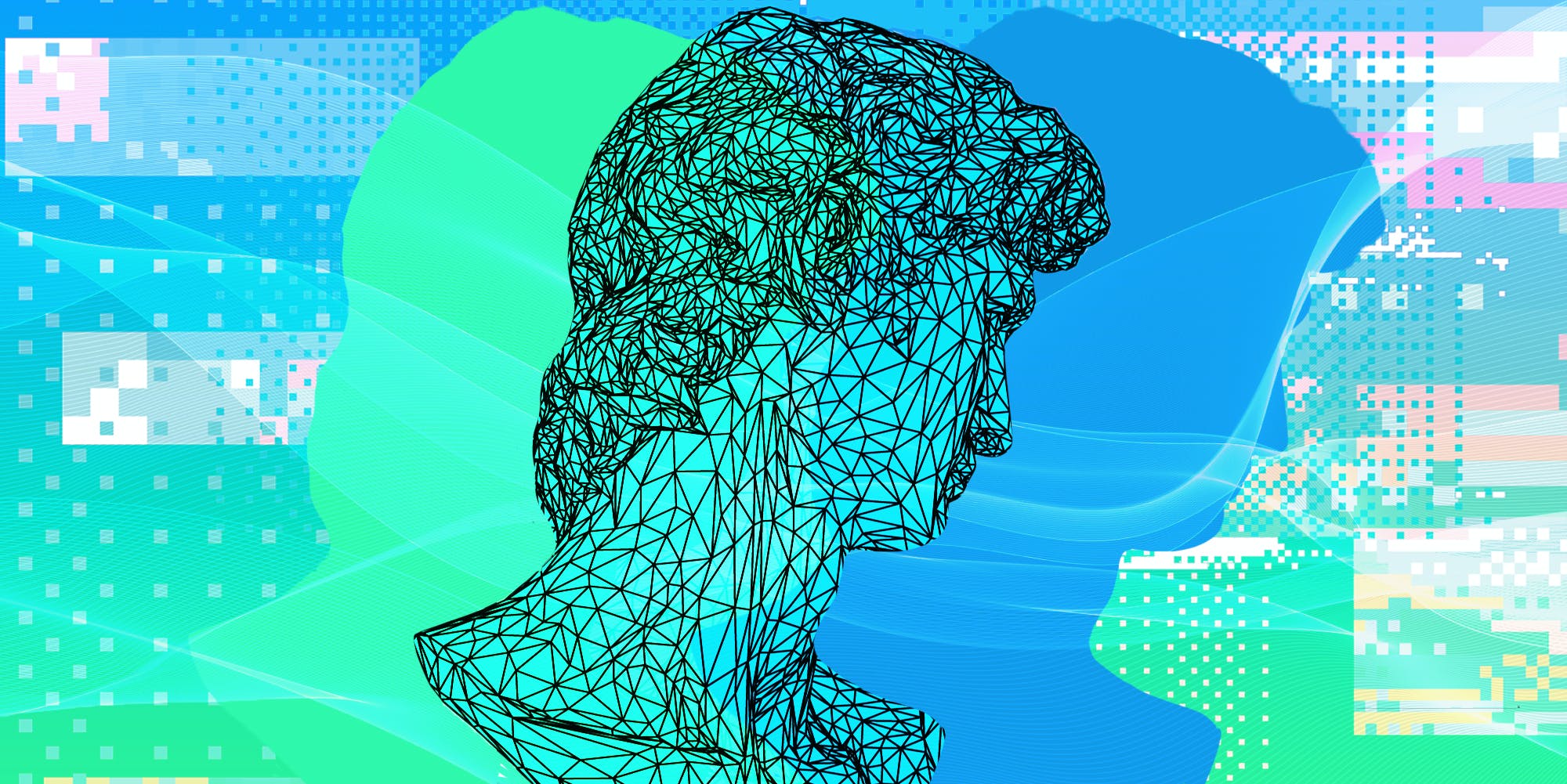By Catherine Shuttleworth

In recent years, artificial intelligence (AI)-generated art started to gain significant popularity, especially online, with websites and software such as DALL-E, Lensa, and MyHeritage becoming part of internet trends that have gained millions of views. One of the most recent TikTok trends surrounding AI art showcases “you” from different historical periods using AI software.
However, not everyone is enjoying the rise of AI art. Many artists are speaking out against art produced by artificial intelligence on Twitter, accusing the software of stealing and failing to credit artists’ work in order to produce images.
While AI art has been around since 1973, with Howard Cohen, an American computer scientist, creating what has been labeled by many as the “first AI painting,” it recently saw a spike in interest on TikTok when the Heritage AI trend took over, and people went to the My Heritage website to use the company’s “AI Time Machine” in order to see what they would have looked like throughout history.
In order to use the software, users pay $12 and upload various images of themselves from different angles and perspectives. Then, according to the My Heritage website, the software uses the photos and “constructs a model that can depict the same person in a variety of poses and lighting conditions that are different from those in the original photos. … It synthesizes the model with motifs from the various themes to craft photorealistic AI avatars.”
Many enjoyed the trend as a way to see what their past selves may have looked like, with the hashtag #heritageai on TikTok garnering 3.9 million views. Aside from what many simply viewed as a fun and interesting trend, it seemed to resonate with many trans people and people of color, who got to see themselves and their identities affirmed.
Those with identities that have often been erased from history, or told through the narratives of others, got to see themselves in a way they likely hadn’t before. One user, a Black and Indigenous woman, shared her photos with the caption “I am so happy. … my heritage came through even in AI.” Another user, a trans man, shared his photos, saying, “AI taking away any dysphoria I have for a moment.”
This isn’t the first time art created by artificial intelligence caught the interest of users on TikTok. According to TikTok, its effect “AI Greenscreen” has been used in 16 million videos. The effect allows users to produce art from words they enter. Use cases range from simple purposes such as simply seeing how accurately AI can produce art of specific prompts, to others using it in a more surreal and intuitive way by inputting “my future career” and seeing what they can make of the results.
Another app, Lensa, gained traction on social media in December. The app, created by Prisma Labs, a photo-editing company, uses AI to convert users’ uploaded selfies into “art.” After downloading the app, users are offered a 7-day free trial, after which they have the option to either purchase a subscription—for $7.99 per month or $29.99 per year—or make a one-time purchase of $3.99 in exchange for 50 pictures.
Prisma Labs tweeted in a Dec. 6 thread: “As cinema didn’t kill theater, and accounting software hasn’t eradicated the profession, AI won’t replace artists but can become a great assisting tool. We also believe that the growing accessibility of AI-powered tools would only make man-made art in its creative excellence more valued and appreciated.”
But many creators in the art world aren’t overjoyed with the recent interest in AI-generated art. On Dec. 13, illustrator Mignon Zakuga (@ZakugaMignon), shared the #SupportHumanArtists hashtag in a tweet while arguing: “AI IS THEFT.”
“Ai creates the ‘art’ you see on the backs of artists being exploited. Ai ‘art’ is currently cramping the web for art and uses it in datasets. No artists gave consent to have their art used. We were not compensated,” Zakuga added, amassing over 65,000 likes.
On Dec. 12, author Joanne Harris similarly argued creating AI-generated art “without the consent of the human beings involved, and without crediting their contribution, shows no respect or understand of art, or of artists.”
Writer Alexia Georgieva called AI-generated art “frightening” during an interview with Passionfruit. “Writing and art in general are unique crafts and skills that are so personal to the creator. … To see that AI can generate art as well is frightening because it really removes the human and emotional aspect from it,” she said.
Isabel Williams, a former art student, echoed similar sentiments, telling Passionfruit, that while she “can appreciate the aesthetic of AI art, … AI art doesn’t have the same depth of human story to it.”
While AI art is an exciting and new technological development and may result in some unique TikTok trends to participate in and offer some non-white creators the chance to feel represented, it’s important to listen to artists and creators on how it is impacting their work and careers. While creators continue to have fun and experiment with these trending technologies, it’s important to consider the ethics surrounding this new software.
Passionfruit reached out to DALL-E, Lensa, and MyHeritage for comment via email.




